It is easy for the camera to achieve high-definition shooting in the light rich environment during the day. However, at night, how to capture high-definition video and meet color requirements in a low illumination, remote environment has always been a problem to be solved. Night cameras capable of high-definition imaging have gradually become an integral part of the construction of smart cities, smart communities, and smart campuses.
Determinants of camera low light capacity:
Physical optics and computational imaging capabilities
1. The physical optical capability is mainly optimized through multiple hardware dimensions such as lens, aperture, picture sensor and fill light: lens and aperture limit the light transmission and light input capabilities respectively, while image sensor enhances the camera's low illumination capability through light sensitivity and fill light through fill light capability.
The "black light" and "starlight" cameras launched on the market use larger aperture and more sensitive sensors, which have more light input and better sensitivity than ordinary cameras; However, when the subject exceeds the limit range of the fill light (usually more than 100 meters), the picture color ability and picture quality will decline linearly.
2. Computational imaging capability is usually reflected in the ISP (Image Signal Processing) capability of the camera's core processor. The camera's Image Processing capability is improved through computing power to exchange images and other ways to achieve the best imaging effect. This is also the industrial development trend of intelligent cameras.
2022-11-30 11:41:19
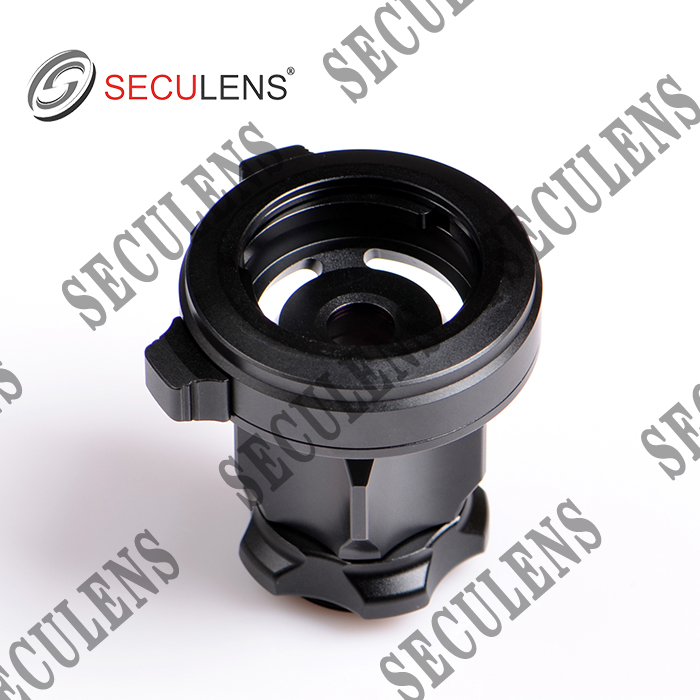
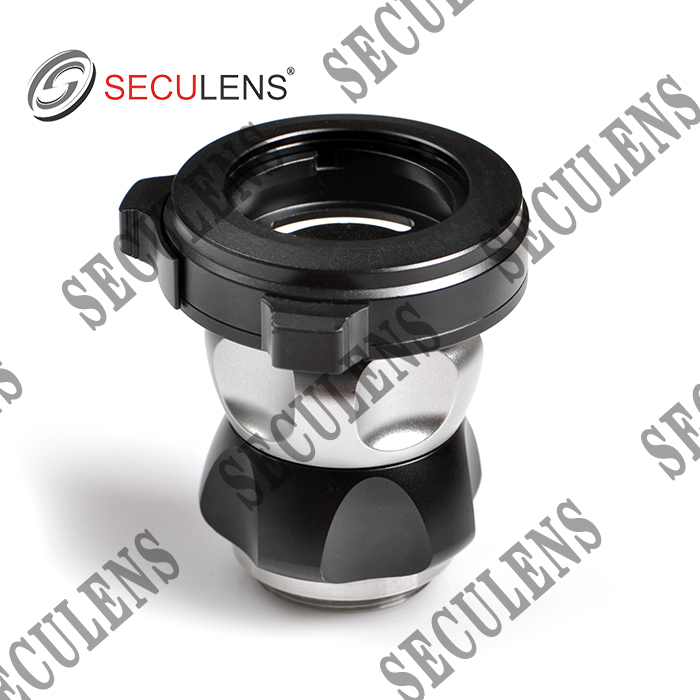
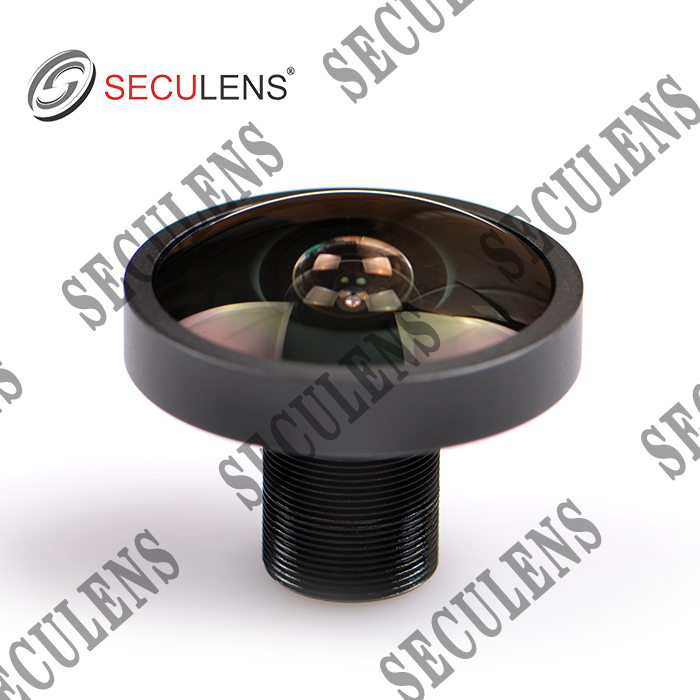
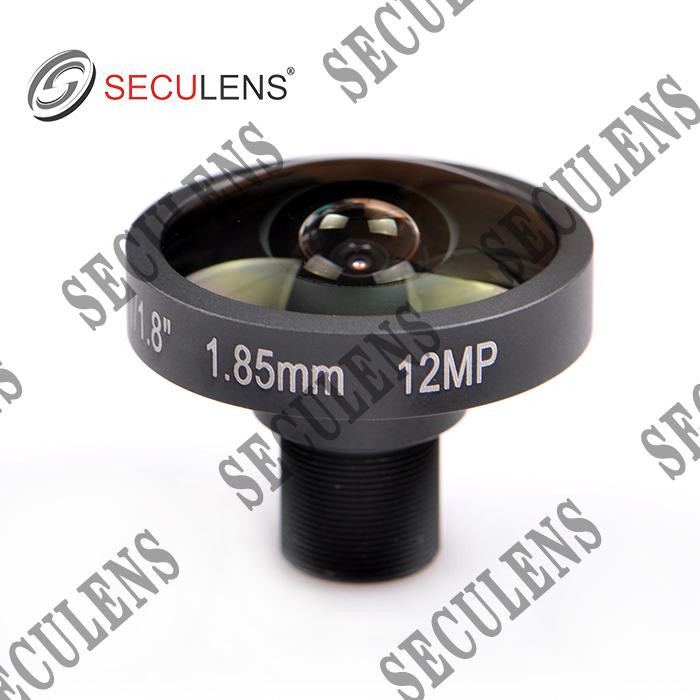
Fisheye lens 1.85mm FT1085 12MP
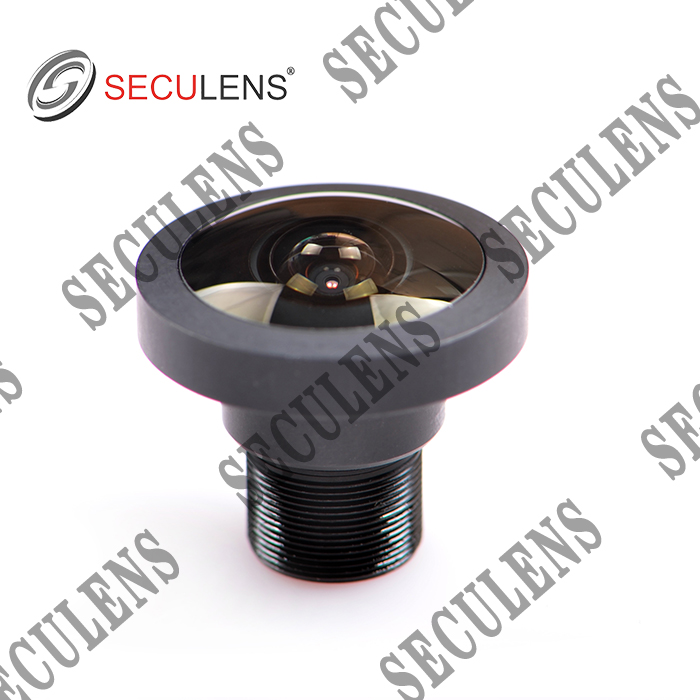
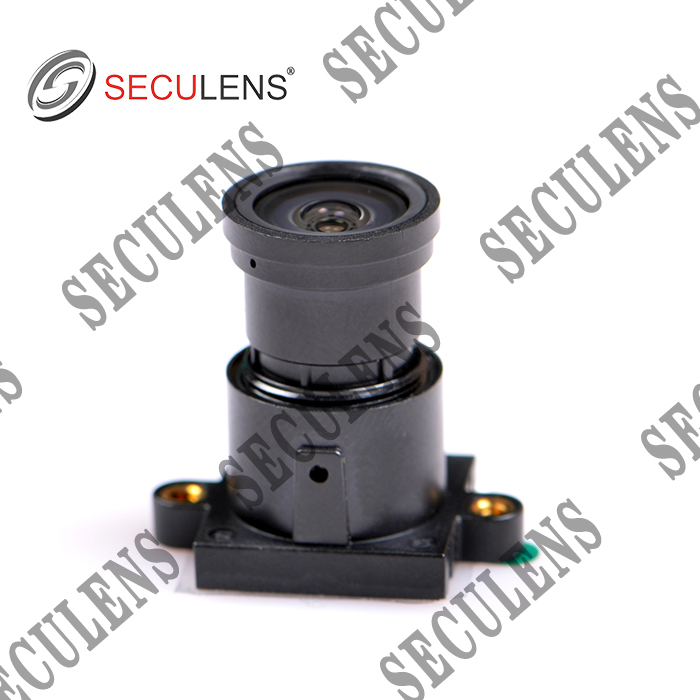
Starlight Lens 2.8mm 0357
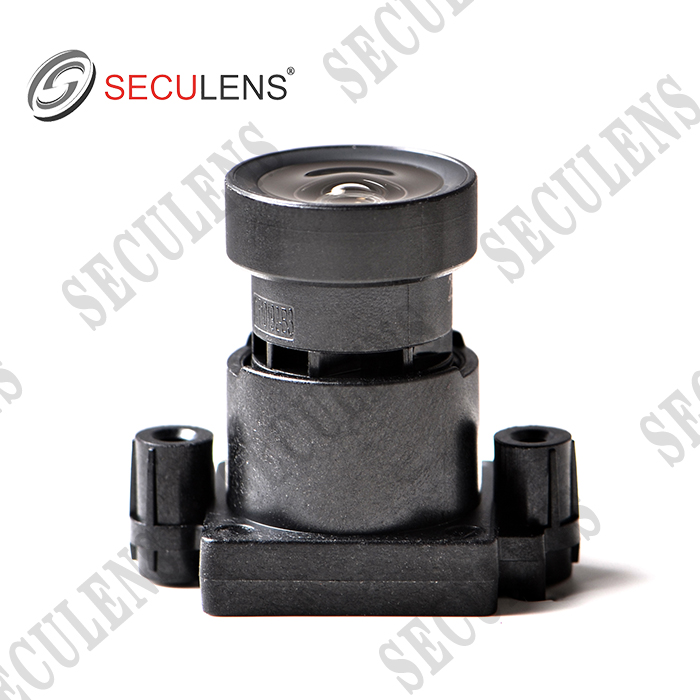
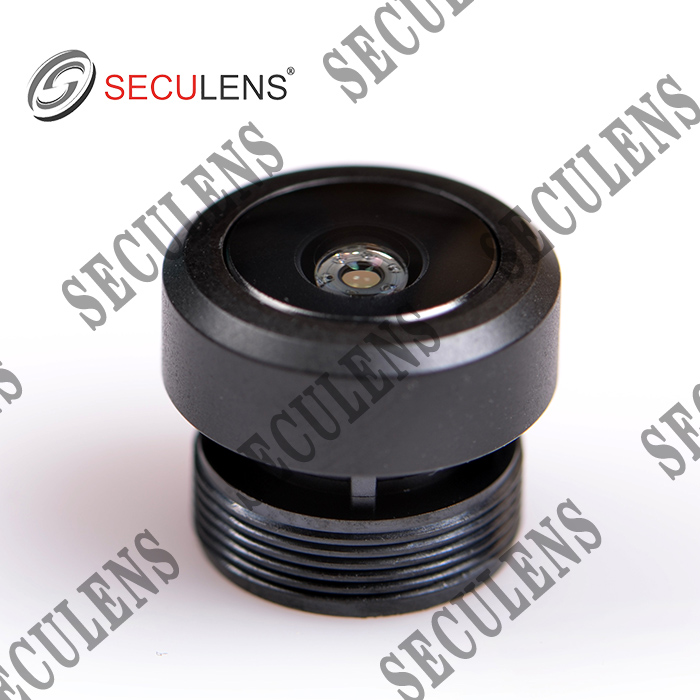
Car Lens 2.6mm SECU8204
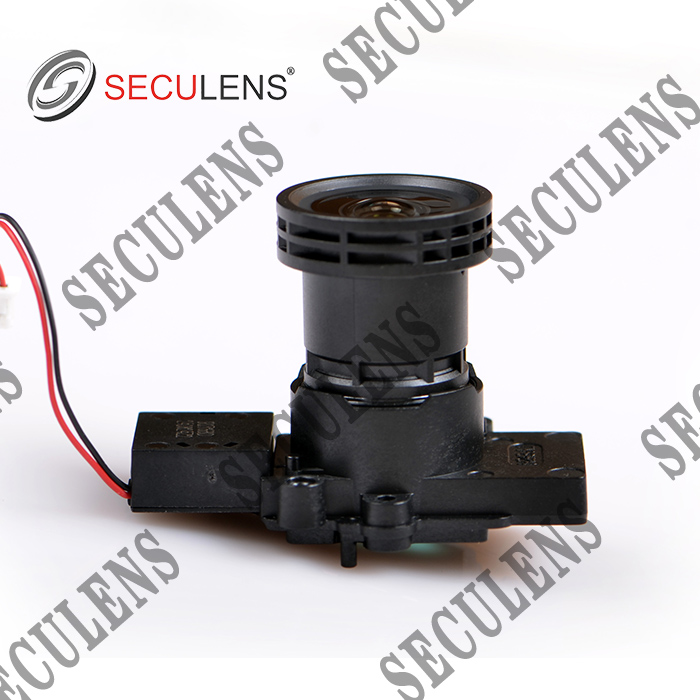
Darklight Lens 10207-8MP+H243+IR0316 4mm 1/1.8"
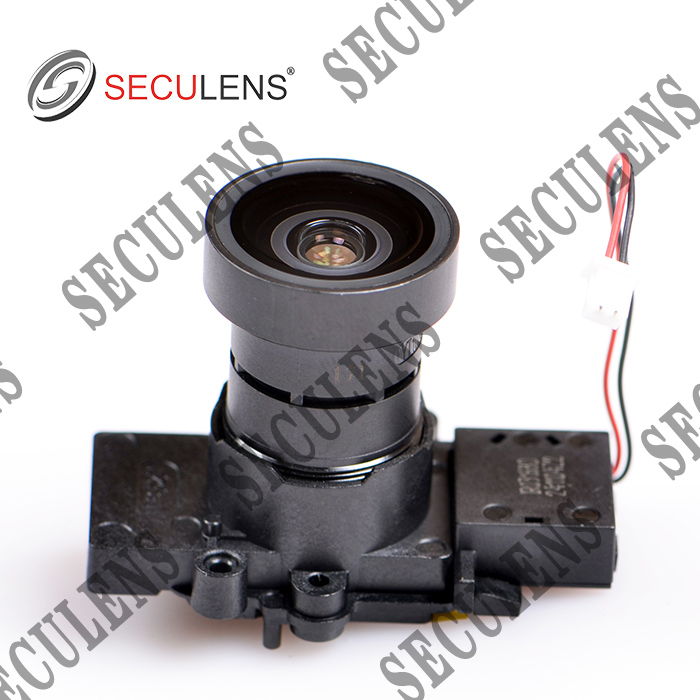
Darklight Lens 10206-8MP+H243+IR0316 2.8mm 1/1.8"
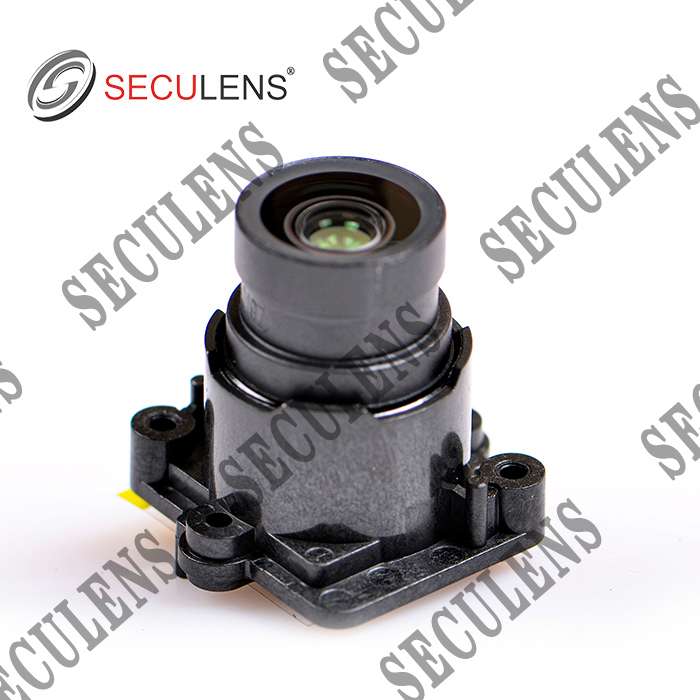
Darklight Lens 10197+IR06312 2.8mm 1/1.8"
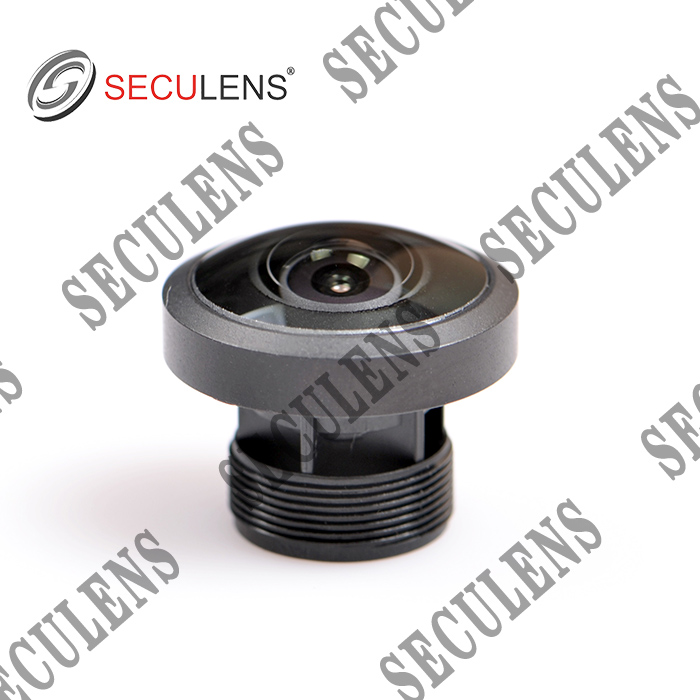
Fisheye lens 1.8mm 5MP 5185

Distortion Free Lens 3526 3.2mm TTL:15.5

Integrated machine 6-192MM S64192-32YT 30X

Integrated machine10-40MM S1040-18YT 4X